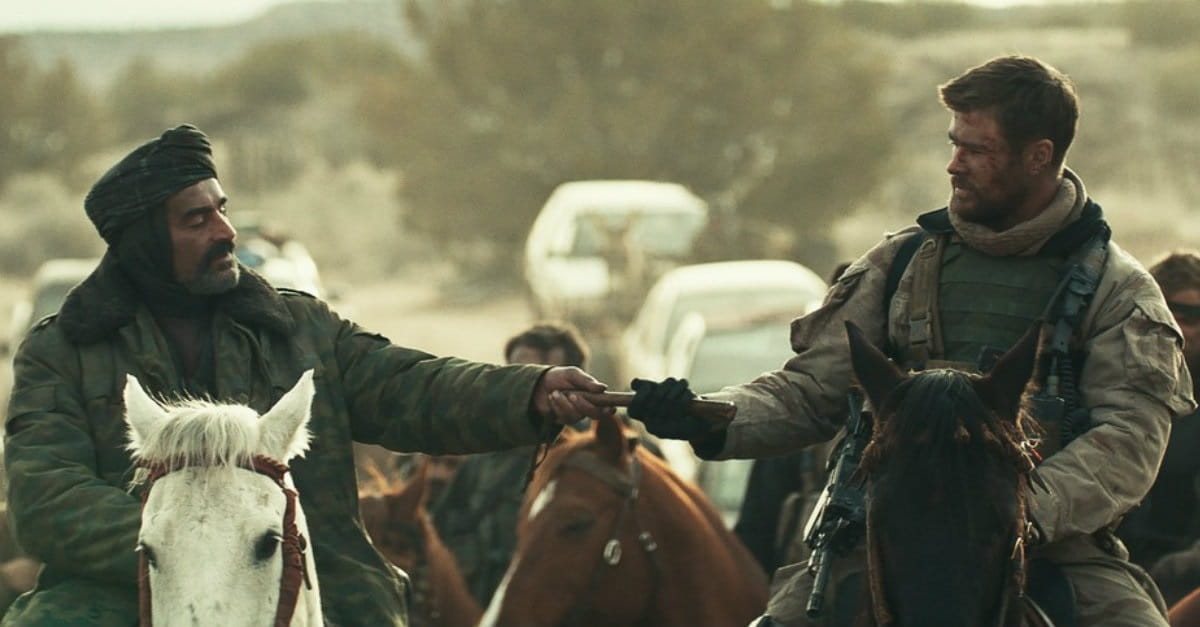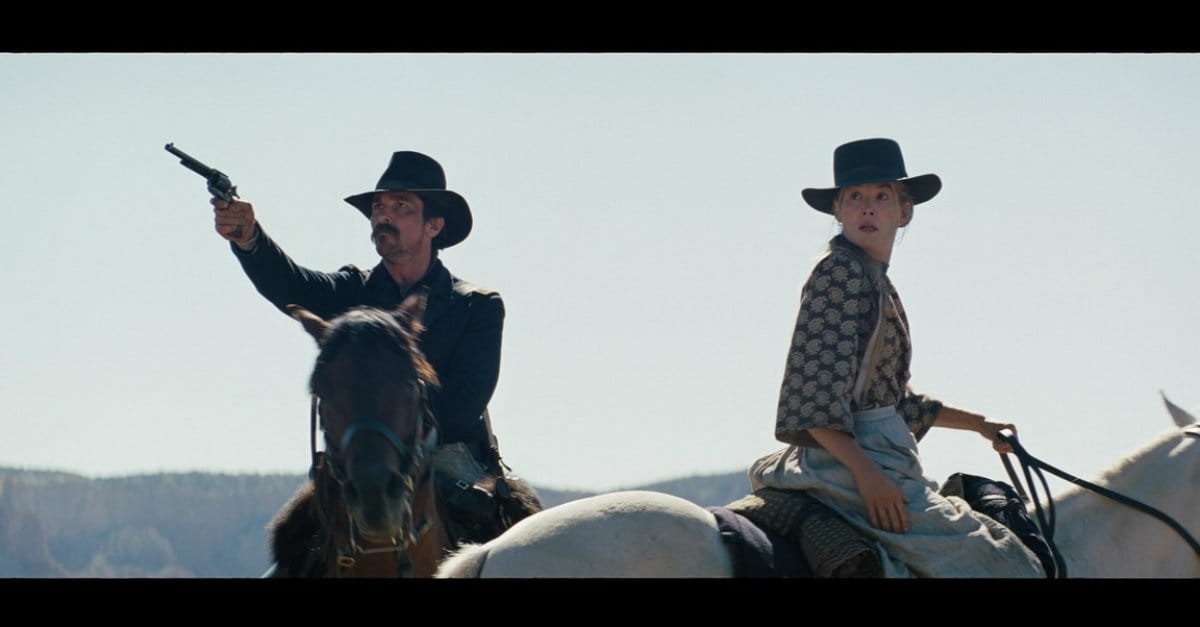W.E. Looks Good but Ends Up Empty
- Christian Hamaker Contributing Film and Culture Writer
- Updated May 01, 2013

DVD Release Date: May 1, 2012
Theatrical Release Date: February 3, 2012 (limited); February 10, 2012 (wider)
Rating: R (for some domestic violence, nudity and language)
Genre: Biopic, Romance, Drama
Run Time: 119 min.
Director: Madonna
Actors: Abbie Cornish, Andrea Riseborough, James D’Arcy, Oscar Isaac, Richard Coyle, Christina Chong
Royal scandal. Abdication of the throne. A life of ignominy. And that’s only half the story in W.E., Madonna’s attempt to tie together two romances separated by more than half a century. It’s an odd conceit that Madonna, the film’s director and co-writer, never justifies, even as her story of troubled love and second chances shows promise for her as a filmmaker.
Wally Winthrop (Abbie Cornish, Limitless) is at a breaking point. In the New York of the late 1990s, she takes an interest in Wallis Simpson (Andrea Riseborough, Never Let Me Go), the woman with whom England’s King Edward VIII had an affair and for whom he abdicated his throne. (These events were portrayed as a subplot in last year’s Best Picture winner, The King’s Speech, which starred Guy Pearce as Edward VIII and Eve Best as Wallis Simpson.) In W.E., Wallis, a woman who has been abused and mistreated, divorces husband Ernest (David Harbour, The Green Hornet) and marries Edward (James D’Arcy). Wally takes courage in Wallis’ story (Wally’s mother and grandmother were obsessed with Wallis Simpson, she explains) and finds a way out of her own troubled marriage to William Winthrop (Richard Coyle, Prince of Persia: The Sands of Time).
Among the problems with the film is the way it cuts back and forth between its two stories and eras. Starting in Shanghai in 1924, the film skips to 1948, goes back to 1931, lands twice in 1936 and keeps cutting to life in a different city, shifting between these earlier scenarios to the film’s more modern 1998 New York storyline.
Another problem is the equivalency drawn between the story of Wally—a woman in a troubled marriage who feels betrayed by her husband because, in part, she says she gave up her career for him—and Wallis, whose romance engulfed a country and brought shame to its leaders. The film dares to have the two women speak to each other across time, with the film’s concluding message having something to do with the great sacrifices women make in the shadow of powerful men.
Toward the end of W.E., Wally and Wallis wonder if there might be “some kind of plan” behind the traumas and personal triumphs they’ve experienced in life. They speculate as to whether they have a destiny. It’s not a Romans 8:28 moment, exactly, but it’s nice to hear them ponder the possibility that some force larger than themselves might be at work in their lives, orchestrating the good things and using even the bad things for good.
Madonna and co-writer Alex Keshishian, who directed Madonna’s 1991 concert documentary Truth or Dare, want us to care deeply about Wally and her situation, but the stakes laid out early in the story are poorly developed. She has a possibly cheating husband who’s interested in anything but her, especially her desire to conceive a child. The narrative is designed to set her free from an abusive marriage, as she draws strength from the story of Wallis. W.E. is also a history lesson for those who don’t already know that story of King Edward VIII and who didn’t see The King’s Speech. While the film looks good—it’s nominated for a Best Costume Design Oscar—it doesn’t have much to say, exhausting its ideas and themes after 30 minutes and then playing out a story that holds few surprises.
Still, movies are moving pictures, and Madonna shows a certain cinematic flair in W.E. It should come as no surprise that the woman at the center of so many iconic music videos should show a knack for cinematic image making. She just needs a quality story to support her visual skill.
CAUTIONS:
- Language/Profanity: Lord’s name taken in vain; the “f” word; crude reference to female anatomy; “whore”; “camel jockey”; a seductive sexual reference.
- Alcohol/Smoking/Drugs: Drinking throughout the film; several scenes of smoking.
- Sex/Nudity: Kissing; woman unzips her dress, and we see a bra strap across her back; we see the sides of a woman’s breast as she gets into a tub, and later see both breasts when she’s pulled out of the tub during an incident of domestic violence; a reference to a woman’s husband earlier impregnating a girlfriend while in college; a husband and wife lay in bed and kiss; woman in bra and panties; a man pulls a woman’s dress up, revealing her leg and stockings; a man grabs a woman and pushes her down; a married couple begins to make love on a bed, in their underwear; a woman shown in her nightie.
- Violence/Crime: A miscarriage caused by a beating; a woman injects herself with fertilization treatments; vomiting.
- Religion/Morals: Wallis is married to another man when she falls in love with the king, and then divorces her husband to marry the king; a woman pursues in vitro fertilization.
Questions? Comments? Contact the writer at crosswalkchristian@hotmail.com.














